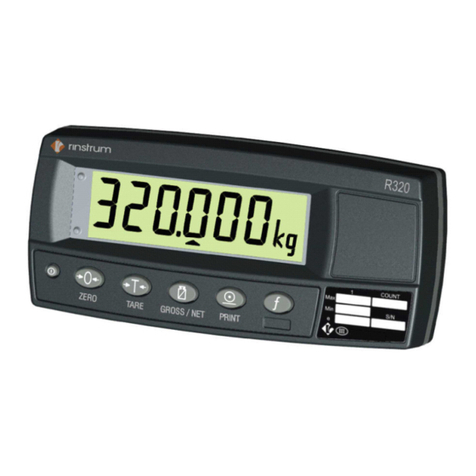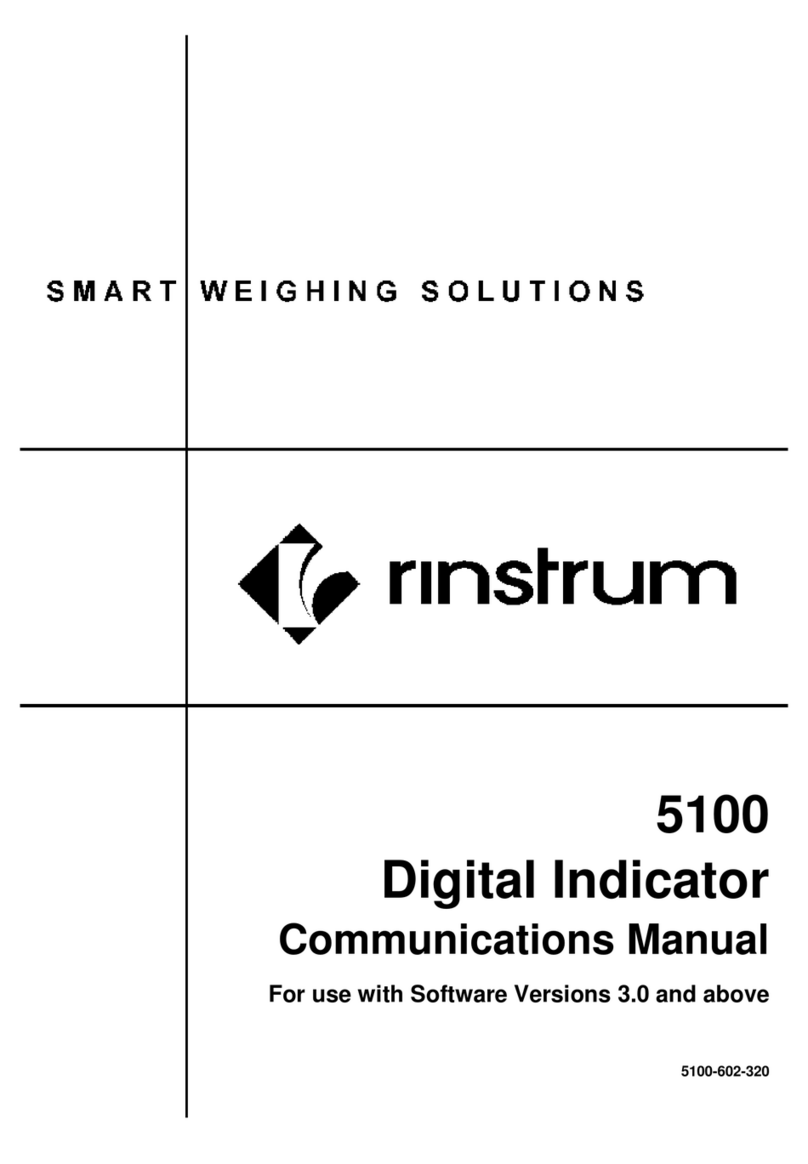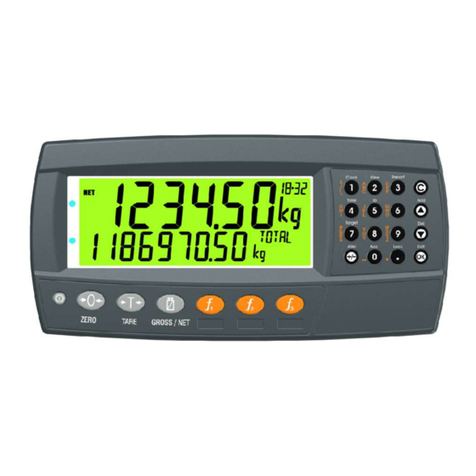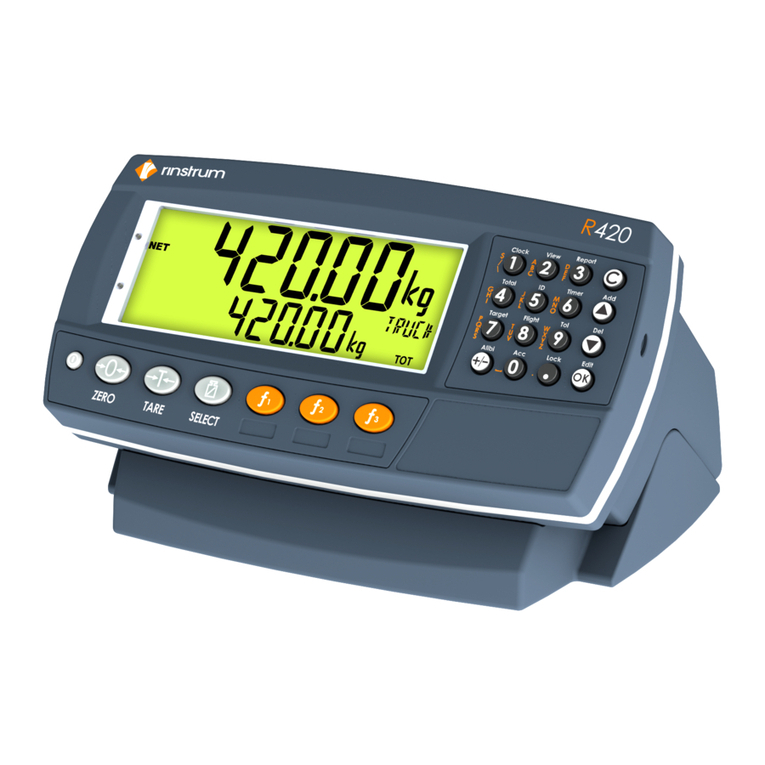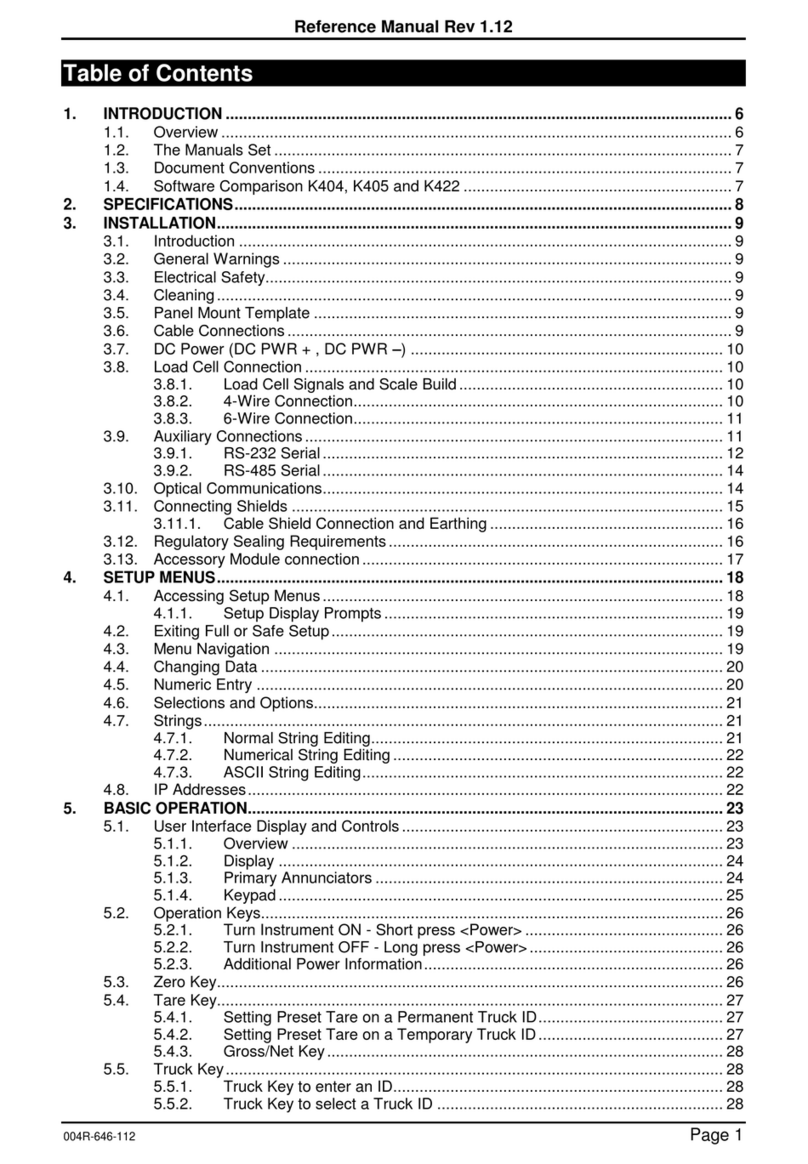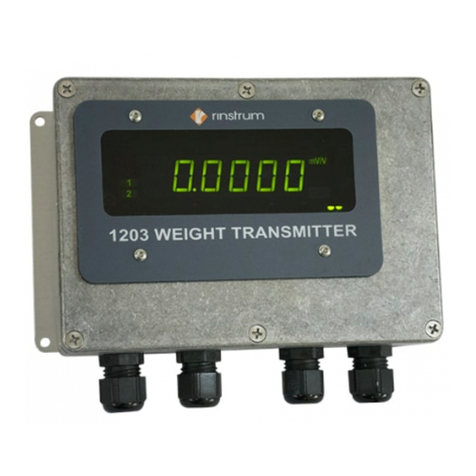
Reference Manual Rev 1.20
004R-623-120 Page 3
8.8. PRINT (Printouts)........................................................................................................56
8.8.1. NUM (Number of printouts).........................................................................56
8.8.2. HEADER (Print header) ..............................................................................56
8.8.3. FOOTER (Print footer) ................................................................................56
8.8.4. PAGE (Print page options...........................................................................56
8.8.5. SPACE (Print blank space options) ............................................................57
8.8.6. PRINT.n … (Printout options) .....................................................................58
8.9. SETP (Setpoints) ........................................................................................................59
8.9.1. NUM (Number of setpoints) ........................................................................59
8.9.2. SETP1 … SETP8 (Setpoint options) ..........................................................59
8.10. ANL.OUT (Analogue Output) ......................................................................................61
8.11. End (Save and exit).....................................................................................................61
9. NETWORK COMMUNICATIONS...........................................................................................62
9.1. Introduction .................................................................................................................62
9.2. Network Protocol.........................................................................................................62
9.2.1. Basic Message Format ...............................................................................62
9.2.2. Termination.................................................................................................63
9.2.3. Error Handling.............................................................................................64
9.2.4. Ring Network Enhancement .......................................................................64
9.2.5. Examples ....................................................................................................65
10. AUTOMATIC WEIGHT OUTPUT ...........................................................................................67
10.1. Overview .....................................................................................................................67
10.2. Auto Weight Format String..........................................................................................67
11. PRINTING...............................................................................................................................68
11.1. Overview .....................................................................................................................68
11.2. Print ID ........................................................................................................................68
11.3. Record printouts..........................................................................................................68
11.4. Docket printouts ..........................................................................................................68
11.5. Report printouts...........................................................................................................69
12. SPECIAL FUNCTIONS ..........................................................................................................70
12.1. Introduction .................................................................................................................70
12.2. Key Functions .............................................................................................................70
12.2.1. NONE..........................................................................................................70
12.2.2. PRINT .........................................................................................................70
12.2.3. SINGLE.......................................................................................................71
12.2.4. TEST...........................................................................................................71
12.2.5. PRD.SEL.....................................................................................................72
12.2.6. SLAVE ........................................................................................................73
12.2.7. SC.EXIT ......................................................................................................73
13. SETPOINTS ...........................................................................................................................74
13.1. Overview .....................................................................................................................74
13.2. Outputs........................................................................................................................74
13.3. Common Settings........................................................................................................74
13.4. Weigh in (OVER) Setpoints and Weigh Out (UNDER) Setpoints ...............................75
13.4.1. Additional Settings ......................................................................................75
13.5. Status Based Setpoint Types......................................................................................76
13.6. Logic Setpoint Types...................................................................................................76
13.7. Scale Entry/Exit Setpoint Types..................................................................................76
14. ANALOGUE OUTPUT ...........................................................................................................77
14.1. Overview .....................................................................................................................77
14.2. Configuration of Hardware ..........................................................................................77
14.2.1. Configuration...............................................................................................77
14.2.2. Calibration...................................................................................................77
14.2.3. Testing ........................................................................................................77
14.3. Analogue Weight Transmission ..................................................................................77
15. APPENDIX 1: DIMENSIONS .................................................................................................78
15.1. Dimensions .................................................................................................................78
15.2. Legal Sealing Details ..................................................................................................79
15.2.1. Trade Label.................................................................................................79
15.2.2. Lead Seals..................................................................................................80

